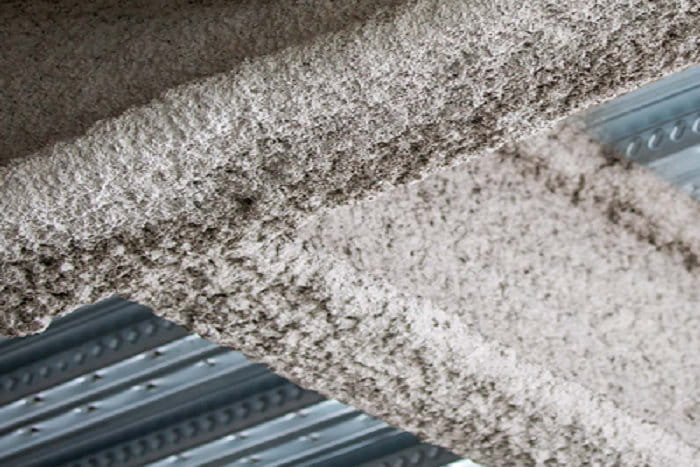Synthetic polymer emulsion is the base material of acrylic emulsion paint. It is the main film-forming substance of acrylic emulsion paint, and at the same time it is the color vehicle. The performance of the emulsion is directly related to the performance of the coating film. Most of the emulsions used in building interior and exterior wall acrylic emulsion coatings are non-crosslinked thermoplastic resin emulsions. The classification of emulsion varieties is usually carried out according to the monomer composition in emulsion synthesis. Generally speaking, the composition of the monomer is one of the most important factors that determine the basic performance of the emulsion, and it is the basis of the acrylic emulsion paint formulation technology. What kind of emulsion is used as the base material of the coating determines the end use of the coating. For example, if vinyl acetate emulsion is selected as the film-forming substance of the paint, the paint can basically only be used for interior decoration. When pure polyacrylate emulsion is selected as the film-forming substance of the coating, the coating can be prepared into a high-quality exterior wall coating.

At present, the commonly used acrylic emulsion paints have the following varieties:
①Vinyl acetate homopolymer emulsion (white glue);
②Vinyl acetate-dibutyl maleate copolymer emulsion (ester cis emulsion);
③Vinyl acetate-ethylene copolymer emulsion (EVA emulsion);
④Vinyl acetate-vinyl tertiary carbonate copolymer emulsion (tertiary vinegar emulsion);
⑤Vinyl acetate-acrylate copolymer emulsion (vinegar-acrylic emulsion);
⑥Vinyl acetate-vinyl chloride-acrylate copolymer emulsion (vinyl acetate emulsion);
⑦Pure acrylate copolymer emulsion (pure acrylic emulsion);
⑧ Styrene-acrylate copolymer emulsion (styrene-acrylic emulsion);
⑨Vinyl chloride-vinylidene chloride copolymer emulsion (chloride partial emulsion);
⑩ Organosiloxane-acrylate copolymer emulsion (silicone acrylic emulsion);
In addition, there are self-crosslinking emulsions containing N-methylolacrylamide, room temperature crosslinking emulsions crosslinked by metal ions, and so on.
